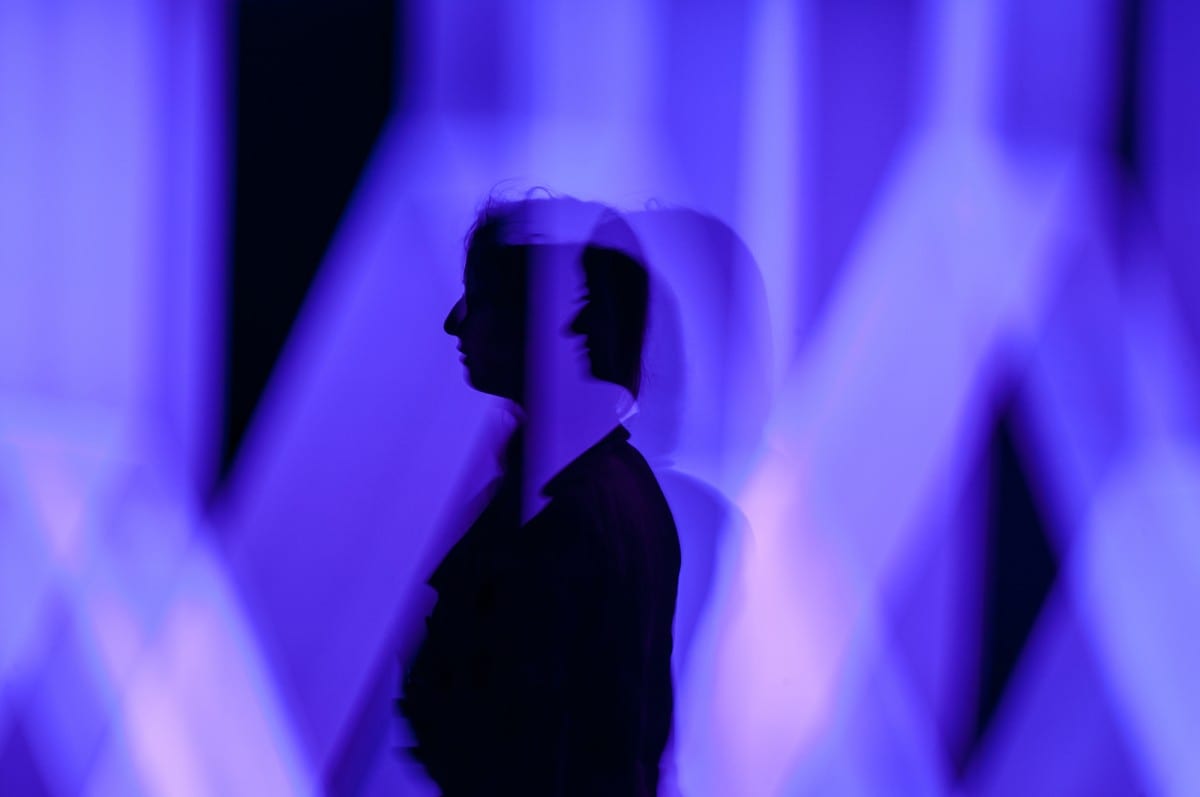We were embedded with a strong technical craftsmanship because of the school’s New Bauhaus origins, yet at the same time we were led to be forward-thinking artists. This could not have fit any better with my psyche and belief that as an artist, the tools we use are simply gateways to share our vision.
Many believe that to be a photographer, is to capture an image. While I believe that is true, capturing is only a part of the process. I lay a heavy importance on the pre-visualization of what I’m attempting to communicate, then creating that within the camera. In some cases, post-production comes into play as well. This post-production usually involves printing test panels of whatever image I’m working on. These panels are printed on one of my two super-sized Epson printers. I then hang it under the lights for a closer inspection. It is during this time that my assistants will oftentimes hear me say, “it should be bigger.” This is because I want my images to reflect the constant barrage of the digital world.

One theme I’ve been concerned with for years is how modern times change us but not necessarily our basic needs as humans. Technology and media have grown so large that it has impacted us greatly and, in a way, we have become addicted to all these digital tools and mediums. I believe that this inundation of media serves to isolate us at times rather than to connect us, which is what it’s oftentimes meant to do.

When I was in Photography and Design school, one of my biggest influences was Henri Cartier Bresson, famous for what he called the “Decisive Moment.” To a certain degree I tried to emulate him, but the reality was and is that first, no one could do it better than him, and second it wasn’t really my personal point of view. What’s become more apt for me, and a reflection of the times we live in, is using multiple exposures to fix in one image. This is really evident in the piece, Evans 9. In this picture, which overwhelmingly people think was shot somewhere in the far East, is actually a picture taken in the heart of the Midwest and shows what a melting pot America has become.

Sometimes a shot is really easy but for the most part it involves numerous trips to the same location and often, hundreds of shots to test the lighting and action, in order to achieve what I had pre-visualized. This particular shot was posed under my direction, which I am doing more frequently now. One thing I enjoy about my latest work is how, to a certain degree, I get an Impressionistic interpretation of exactly what is going on at the moment instead of the normal photographic tendency to be technically sharp and precise, something I believe would have hurt the image rather than enhance it.


A large part of my workday is spent in the studio poring over whatever I’ve captured on my latest shoot, selecting a handful that I like, and perfecting their color balance and contrast in Photoshop. This can take me days, weeks, and depending on the project, months. Most of my works are done from one image, although sometimes I use different frames and seamlessly combine them. I spend many hours making it one dynamic image.



For my work to be successful, I have to “bend” the camera to my needs. That may lead to something quite technically simple or may be more involved, including many exposures and layers, sometimes too numerous to count. Either way, it’s important to me that I leave no detail arbitrarily behind in the image. In the end, every little nuance in the final piece has a meaning.

Featured image: Darryll Schiff, Evans 9, photography, 58″ x 88″, 2011
All images © of the artist
